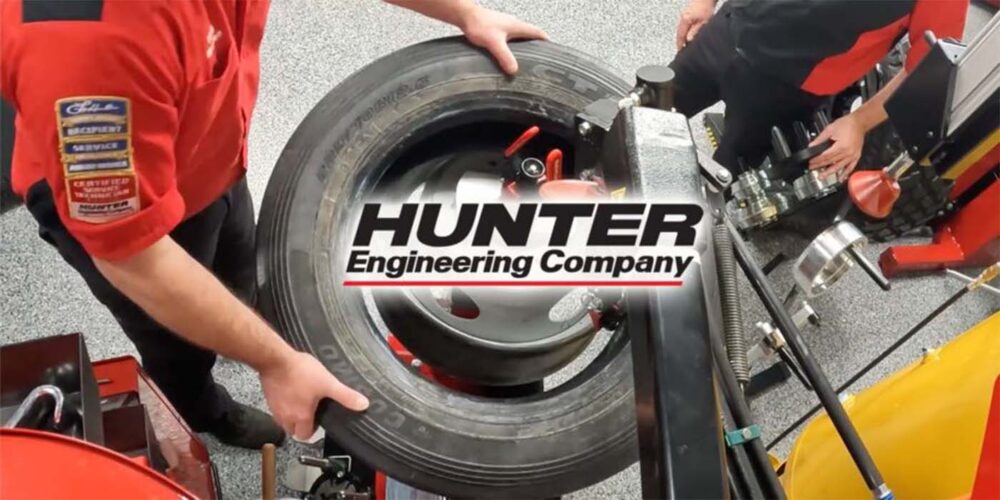Electric power steering (EPS) or electric power-assisted steering (EPAS) systems continue to rise in popularity among automakers. But diagnosing these systems can be a challenge.
In this Tire Review Continental Tire Garage Studio video, let’s take a closer look at the sensors that make up these systems.
There are a few different types of EPS systems. Some mount the motors onto the steering column, while others are on the pinion shaft against the steering rack and some are on a secondary pinion gear on the other side of the steering rack. Despite their differences, they all operate with the same goal: assisting the driver when turning the steering wheel.
EPS systems apply steering assist force based only on driver input. The system uses input data from a multitude of vehicle sensors to determine how much steering assist force is required. More often than not, the problem ends up being a faulty sensor, wire, or connection somewhere in the system.
So, what types of sensors are we talking about that could be faulty?
Well, the steering angle sensor is one. This sensor is located between the steering column and the wheel, and, in many cases, is actually one part of a sensor cluster. A faulty steering angle sensor reading could mean the difference between making it around a corner, or colliding with another vehicle. Having multiple sensors onboard to measure the same thing offers built-in redundancy and allows the control unit to confirm the data in real-time.
Next, the steering torque or force sensor is typically mounted on or inside the steering rack and connected to the pinion gear. It is used to measure the amount of steering force that is being applied by the driver, then the control unit calculates how much steering assist force is needed and applies it using the electric motor. Sensor operation will vary from one manufacturer to the next, so it’s best practice to always check the OEM service information before you start with diagnosis.
The EPS control unit monitors a number of additional sensors to ensure that the system operates efficiently and doesn’t overheat. This includes, but is not limited to, the speed and power draw of the electric motor, the temperature of the control unit and electric motor, wheel speed, and the engine speed. All of these sensors and more can be monitored by a scan tool and can be invaluable when diagnosing a faulty EPS system.
Don’t forget to follow us on Instagram and Facebook and subscribe to our YouTube channel for more tire, service and shop operations videos.













